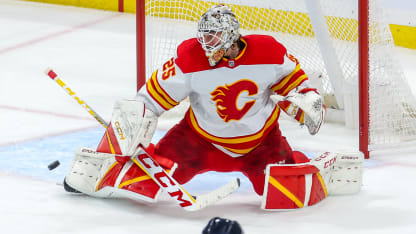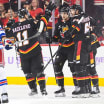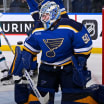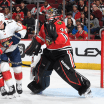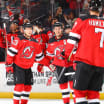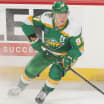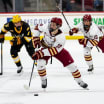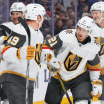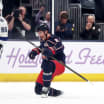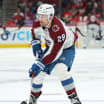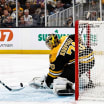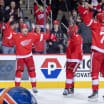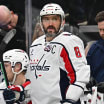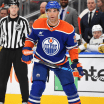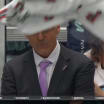Current NHL goalies can't speak to what their peers faced in the high-scoring 1980s, and few can even imagine standing in front of slap shots without a mask like prior generations did, but most agree the job of stopping pucks in the League has never been harder than it is right now.
A collective .904 save percentage in the NHL last season as Exhibit A.
It was the lowest League-wide save percentage in 18 seasons since a .901 in 2005-06, but that came after the 2004-05 cancelled season led to smaller goalie equipment and new rules to reduce defensive interference. Save percentage mostly rose during the following 10 seasons, peaking at .915 in 2014-15 and 2015-16 before beginning a steady, seven-season decline through last season.
"If anything, goaltending is getting better. The game is just harder," Vancouver Canucks backup Casey DeSmith said.
Although the numbers are up slightly through the opening two weeks of the season (.909 through the first 100 games entering Thursday), a continuation of the longer downward trend could see NHL average save percentage dip below .900 within the next two seasons, reaching levels not seen in almost 30 years, since 1995-96 (.898).
The question is why?
Part of the answer is that shooters have gotten better, in part by finally imitating what goalies have been doing in the offseason for more than 30 years.
For the longest time, while goalies spent their summers focused on skills working with position-specific coaches who broke the position and its movement down, players focused primarily on getting bigger, stronger and faster.
While skills coaches for skaters have long been a staple on teams in season, it has only been in the past 5-10 years that the level of detail of that work with private coaches in the offseason has become commonplace.
Players aren't just working to make their shots harder or more accurate. They are finding new ways to hide shot releases and intent, working with skills coaches to create moves designed to generate a specific reaction and movement from the goalie, then deliver the puck to the open spaces.
"You always try to stay ahead of the game and it's nice to have one goalie coach for two goalies and players didn't really have that," Calgary Flames goalie Jacob Markstrom said. "But it's coming more and more now with skill coaches and guys actually working on things, even asking goaltending coaches what to do. It's a more skilled game and players are more curious and there's so much more video so you can break down the game and goalies a little easier."
There are also more spots on NHL rosters for players that possess those skills, and more room on the ice as a result, especially around the net.
"The new generation is probably more skilled and I feel like a lot of the spots on rosters now, they're looking for guys that can skate, a lot of speed and obviously handle the puck and shoot it really well," Canucks starter Thatcher Demko said. "And the big, bulky [defenseman] is harder to come by. You loved having guys that can block shots and box out, but you look at the best D-men in the League and it's no longer the Zdeno Charas and the Shea Webers of the world. It's more (Cale) Makars and (Quinn) Hughes and (Adam) Foxes now."
